A new analysis of eighteen thousand colliding galaxies reveals that mergers like the one in galaxy NGC 4676 are the dominant mechanism for determining the shape of galaxies more massive than the Milky Way, while for lower mass galaxies mergers do not play a significant role.
Since Edwin Hubble proposed his galaxy classification scheme in 1926, numerous studies have investigated the physical mechanisms responsible for the shapes of spiral and elliptical galaxies. Because the processes are complex, however, studies frequently rely on computer simulations as their main tool. The discs of galaxies are believed to form through the collapse of gas which acquires its initial spin in the early Universe. During their subsequent evolution, galaxies undergo a wide range of phenomena, from the accretion of matter — or its outflow — to mergers with other galaxies, all of which modify the disk’s spin and angular momentum.
Astronomers think that spiral galaxies with the largest galactic discs formed preferentially in protogalaxies with the highest angular momentum, although early attempts to verify this prediction using computer simulations failed. (More recently, simulations have been able to verify this trend.) Elliptical galaxies, on the other hand, are believed to be the remnants of repeated galaxy mergers, but their shapes depend on many details like the galaxies’ masses, gas content, and the collision parameters. As a result, these mergers need to be considered over a cumulative, cosmological context with large numbers of examples to evaluate their development from a statistical perspective.
CfA astronomers Vicente Rodriguez-Gomez, Annalisa Pillepich, and Lars Hernquist led a team that analyzed the morphologies of about eighteen thousand galaxies in the Illustris computer simulation. Both disc and spheroidal galaxies arise naturally in this simulation. They find that massive merging galaxies develop into spirals or spheroidal shapes depending on their gas content (as expected, since the star formation activity depends crucially on the gas). Unexpectedly, they find that for lower mass galaxies — roughly the mass of the Milky Way or smaller — mergers do not seem to play a significant role in determining the morphology. The reason appears to be that in higher mass mergers a galaxy accretes many more stars from the partner, and this plays a critical role. Their significant conclusion is that only in massive galaxies are mergers the dominant factor in shaping the system.
Reference: “The Role of Mergers and Halo Spin in Shaping Galaxy Morphology” by Vicente Rodriguez-Gomez, Laura V. Sales, Shy Genel, Annalisa Pillepich, Jolanta Zjupa, Dylan Nelson, Brendan Griffen, Paul Torrey, Gregory F. Snyder, Mark Vogelsberger, Volker Springel, Chung-Pei Ma and Lars Hernquist, 6 February 2017, MNRAS.
DOI: 10.1093/mnras/stx305
PDF

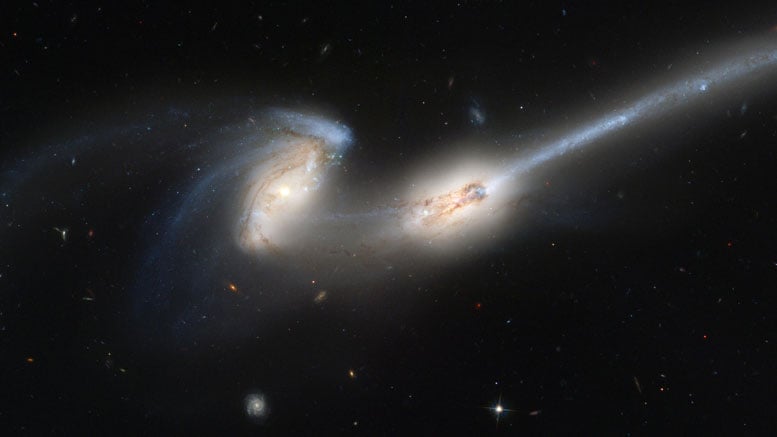

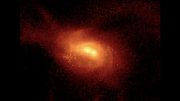
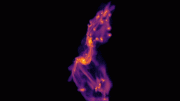
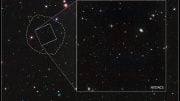


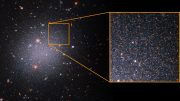
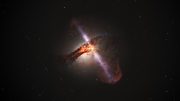
Be the first to comment on "Astronomers Reveal the Role of Mergers in Shaping Galaxies"